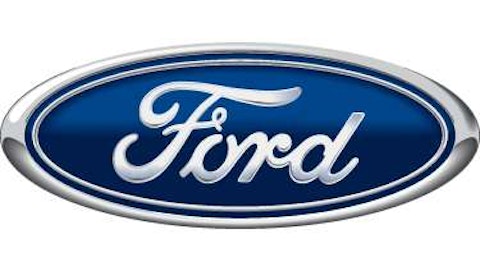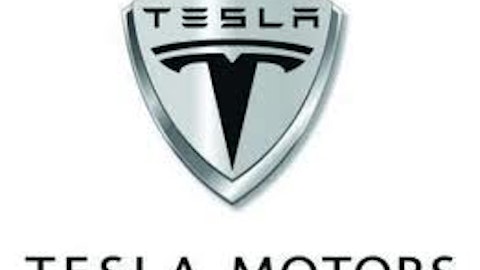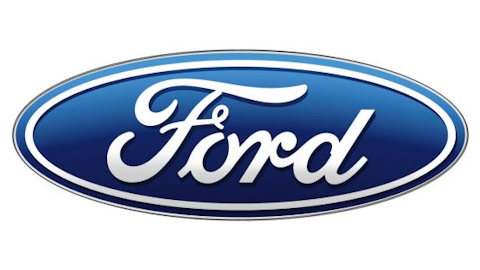Tesla Motors Inc (NASDAQ:TSLA) is the prodigy child of the automotive industry. It has developed and distributed electric cars with artisan quality and efficiency, while still being considered a baby compared to other companies in the automotive industry (fun fact: since General Motors Company (NYSE:GM) declared bankruptcy and went public again in 2010, Tesla is actually the second oldest US automaker listed on the NYSE after Ford Motor Company (NYSE:F)). Tesla has a visionary leader with a disruptive technology. The future looks bright as it is teaming up to build a charging station infrastructure, leasing out its electric drive train technology to major car manufacturers, and looks fairly attractive on a valuation basis.
Teaming up on infrastructure
Elon Musk has a doubled down on the alternative vehicle powertrain. He sits on the board of SolarCity Corp (NASDAQ:SCTY) as well as Tesla Motors Inc (NASDAQ:TSLA). These two companies have banded together in a plan to roll out a national recharging station system, connecting the West coast to the East coast in two years, and further expansions after that (see the map below). Elon is using this network to fix the problem of which comes first: the recharging infrastructure, or the demand for electric cars. As the network of super charging stations is rolled out by Tesla and other electric utilities, they will increase demand for electric vehicles. This demand will come from would-be customers that worry about becoming stranded without an extension cord and outlet. The term used to describe this worry has been dubbed “range anxiety.”

Range anxiety is being addressed in different ways by different companies. Tesla is maximizing their range by increasing the size of the battery packs, and putting up “super charging” stations that can recharge a car’s range to 50% capacity in 30 minutes. GM’s Chevy Volt platform and the Toyota Prius, on the other hand, have taken a more hybrid approach by having an onboard gasoline engine that extends the range of the vehicle when the battery becomes too low to provide locomotion. GM’s strategy tries to tie the efficiencies of an electric motor with the established fossil fuel distribution infrastructure. Both strategies are focused on the end goal of making it easier for consumers to adopt this new efficient automotive technology.
Leasing their technology
Tesla currently leases its power train technology to Toyota Motor Corporation (ADR) (NYSE:TM) (among other auto manufacturers) for their hybrid version of the Rav4 SUV. This is where a big opportunity for another line of revenue for Tesla lies. As the premier all-electric vehicle producer in the US, the automotive industry majors are in constant competition with each other to create the best and most up to date vehicles possible. When it comes to new technology, the automakers can either devote billions of dollars in research or license out the established technology from firms like Tesla.
One of the biggest challenges to Tesla’s vehicles is other auto-manufacturers coming up with vehicles that get impressive gas mileage at a low cost, like the wildly popular Toyota Prius. In 2011 the Prius sold over 450,000 units, while Tesla is looking for a year end goal of 20,000. Instead of running from the competition, Tesla sees opportunity in Toyota’s sales, as Toyota has become a customer for Tesla’s superior drivetrain technology.



